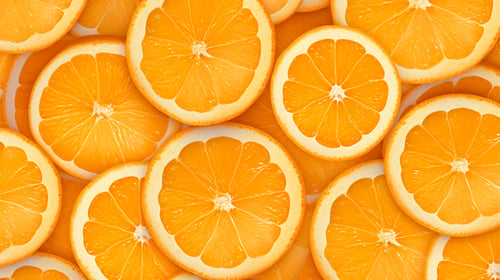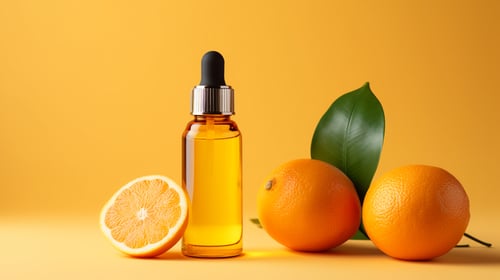A clear distinction has been artificially drawn between solvents and fragrances. It has been stated that essential oils are not cleaners, and a solvent that cleans cannot be considered a fragrance. It is clear that solvents like isopropyl alcohol, ethanol, glycol ethers like PM, DPM, and PNB are not fragrances, even if their odor is acceptable and not found objectionable by consumers.
The act of cleaning is on a continuum and not a simple yes or no answer. A simple lab oil plate test will show that fragrance oils can dissolve oils upon contact and with dwell time. Some essential oils will clean better than others, but some cleaning will take place. Without a scientific test to determine the level, formulators are required to make a decision about which solvents used as fragrances are unsuccessful cleaners.

One fragrance solvent that falls in the middle ground is d’limonene. D’limonene basically comes in tech grade or food grade versions. The only difference between tech grade and food grade is the purity and consistency of the fragrance. Food grade cleans the same as tech grade, but food grade is a much purer fragrance since it is distilled, much like 10-fold cold-pressed orange oil. If a company chooses to pay a premium for food grade when the only benefit is a purer fragrance, then why would it not be considered a fragrance? Orange oil is considered an essential oil, yet it contains over 90% d’limonene. Why would one be considered a fragrance and the other not a fragrance when they are at least 90% the same? Orange oil also would have 90% of the cleaning ability of food grade d’limonene. For anyone who works with and understands these issues, it would be improbable for them to consider there is much difference. Drawing a line between these different versions also does not make sense. Such a fine distinction should be clearly outlined in the CARB regulations. Specific chemicals have been listed in the CARB regulations for other issues, so the lack of this distinction would indicate that the formulator would not consider the food grade d’limonene and orange oil to be treated any differently by the regulation.

On another note, fragrance manufacturers use many different ingredients to create their fragrances. Finding synthetic citrus fragrances is challenging, as most do not have them available. This has made the use of citrus fragrances in rinse agents that run through equipment with seals rare. Seals are softened over time by d’limonene. From our research, most citrus fragrances have food-grade d’limonene as part of the formula. Fragrance houses are known to use food-grade d’limonene as part of the overall formula. To be consistent, we will need to know the percentage of d’limonene (or other fragrances considered cleaners) in order to be compliant with the CARB regulations. These percentages are closely guarded trade secrets. However, we recently found two synthetic orange fragrances that are close to the original orange oil. From our experience, we have found citrus fragrances to be our most popular choice among cleaners and consumers. Of course, it helps that in some formulas, both performance and fragrance are at work.
